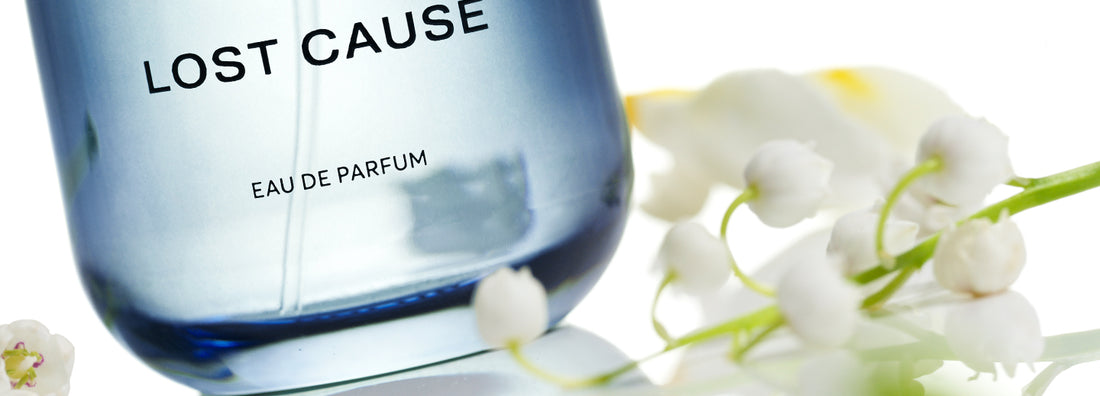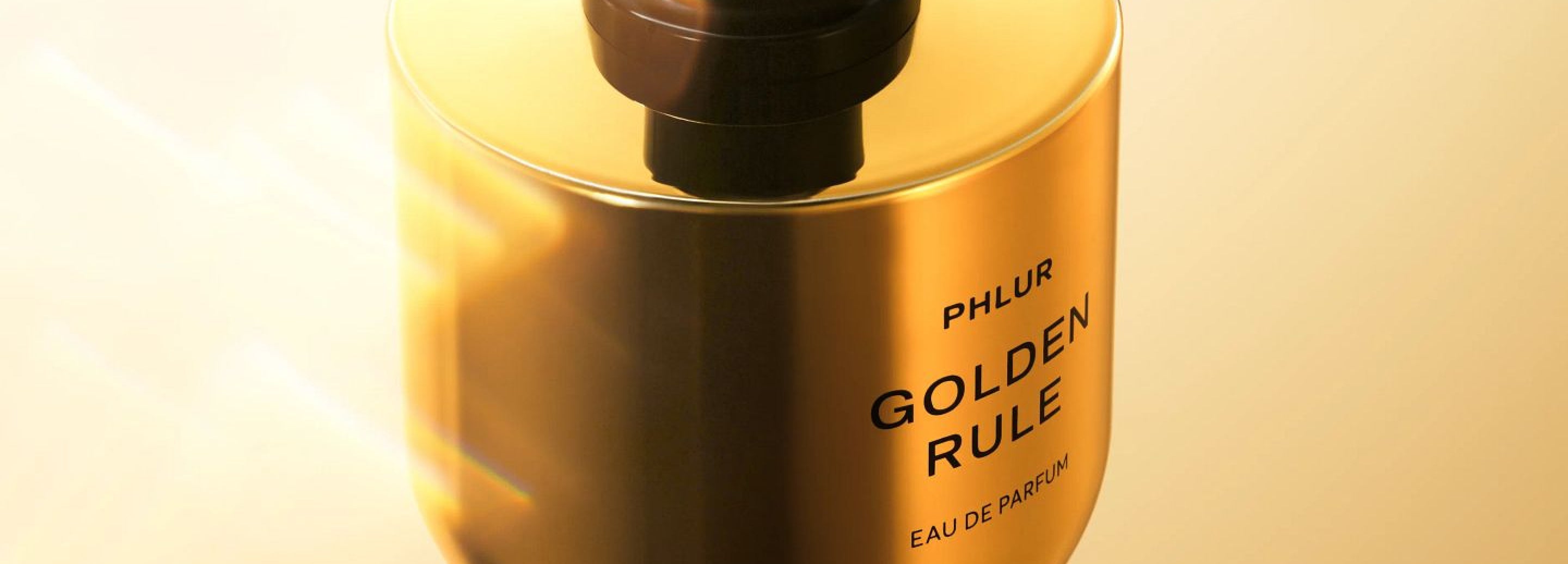What is Lily of the Valley?
Lily of the valley is a flowering plant with white, bell-shaped blossoms possessing a delicate and slightly sweet aroma. Its refreshing floral fragrance has gained widespread popularity in the fragrance industry and is often blended with other floral scents such as rose, jasmine, and violet to create a full bouquet accord.
Origin:
Lily of the valley has been a fixture in the fragrance industry since the inception of perfumery. Its universally beloved sweet and fresh scent make it a popular choice for perfumes and floral arrangements alike. As perfumery progressed through the years, lily of the valley has endured and remained a classic fragrance note. Presently, it can be found in a diverse range of modern perfumes, spanning from delicate floral fragrances to intricate, multi-layered scents.
Function:
The role of lily of the valley in a perfume is dependent on the other fragrance notes utilized in the blend. It may serve as a top note in some instances, delivering a fresh and airy opening to the scent that transforms over time. Alternatively, it may function as a middle or base note, contributing a lasting sweet and floral aroma that imbues the fragrance with additional complexity and richness.
In addition to its fresh, light fragrance, lily of the valley can also help to balance other fragrance notes in a perfume. For example, it can help to soften and balance strong, heavy base notes, such as musk or amber, and can provide a refreshing contrast to bolder, more spicy or floral notes.
Ingredient Type:
Lily of the valley is a natural raw material that is extracted via essential oils from its flowers. However, synthetic variations of the fragrance are also widely utilized in perfumery to improve scent uniformity and avoid the costly, time-consuming extraction process.
Scent Profile:
Lily of the valley has a gentle scent profile, characterized by a fresh, floral aroma evocative of spring. It is commonly used as a top or middle note, contributing a subtle and romantic touch. Often paired with other florals, such as rose, peony, and jasmine, as well as refreshing notes like lemon and green leaves, lily of the valley is a popular ingredient in many perfumes.
Variations of Lily of the Valley in Perfumery:
Both natural and synthetic variations of lily of the valley can be found in perfumery, often used in varying combinations to achieve different fragrance profiles. Some of the more common variations include:
- Natural lily of the valley: This essential oil is derived directly from the plant’s fresh flowers and exudes a pure, delicate fragrance.
- Green and leafy: When lily of the valley fragrance is blended with synthetic green and floral notes, it takes on a more crisp, verdant quality.
- Soliflore: A soliflore of lily of the valley is focused entirely on the scent of the flowers, with no additional notes taking center stage.
- White floral: When lily of the valley is added to other white floral scents, like jasmine or gardenia, it creates a layered, white floral fragrance.
- Musky floral: Earthy, woody undertones can be incorporated into lily of the valley fragrances for a rich and sensual effect.
What Fragrance Family is Lily of the Valley in?
Combining a balanced blend of floral, citrus, and green notes, lily of the valley falls firmly within the Floral fragrance family. This fragrance family encompasses scents that capture the essence of various flowers in bloom, including the delicately fresh lily of the valley.




